
.jpg)
29-04-24
In the complex world of real estate investments, cost segregation studies stand out as a strategic tax planning tool that can significantly increase cash flow for property owners. By accelerating depreciation deductions, these studies can defer federal and state income taxes and improve an owner's bottom line. This comprehensive blog post will explore the intricacies of cost segregation studies and how they can unlock tax savings for real estate owners.
Understanding Cost Segregation
Cost segregation is a tax savings strategy that allows real estate owners to reclassify property components and improvements from real property to personal property. This reclassification results in a shorter depreciation time for the assets, leading to larger upfront deductions and tax savings.
The Process of a Cost Segregation Study
A cost segregation study involves a detailed analysis of the costs associated with acquiring, constructing, or renovating a property. Specialists, such as engineers and tax experts, work together to identify all property-related costs that can be segregated for accelerated depreciation.
Components of a Cost Segregation Study
The study typically focuses on four main categories of building costs:
1. Personal property assets, like non-structural elements, furniture, and fixtures.
2. Land improvements, such as landscaping, outdoor lighting, and parking lots.
3. Indirect construction costs, including architect and engineering fees.
4. The building's core structure, which remains as real property for standard depreciation.
The Benefits of Cost Segregation
The primary benefit of a cost segregation study is the potential for substantial tax savings. By accelerating depreciation, property owners can reduce their current taxable income, thereby deferring taxes and improving cash flow.
Who Can Benefit from Cost Segregation?
Cost segregation studies can benefit a wide range of property owners, including those who have recently purchased, constructed, or renovated a property. It is particularly advantageous for owners of high-value properties with significant personal property and land improvements.
The Role of Tax Laws
Recent changes in tax laws, such as the Tax Cuts and Jobs Act (TCJA), have enhanced the benefits of cost segregation. The TCJA expanded bonus depreciation, allowing for immediate expensing of certain personal property assets, which can further increase tax savings.
Implementing Cost Segregation Strategies
To implement a cost segregation strategy, property owners should engage with a team of professionals who specialize in this area. The team will conduct the study and provide a detailed report that can be used to support the depreciation deductions.
Case Studies: Real-World Examples
The blog post would include case studies demonstrating the effectiveness of cost segregation studies in various scenarios. These real-world examples would highlight the significant tax savings achieved by property owners.
Challenges and Considerations
While cost segregation offers many benefits, there are challenges and considerations to keep in mind. Property owners must ensure that the study is conducted correctly to avoid potential issues with tax authorities.
Conclusion: Maximizing Investment Potential
Cost segregation studies are a powerful tool for real estate owners looking to maximize the potential of their investments. By unlocking tax savings, owners can reinvest in their properties, enhance their portfolios, and secure their financial future.
Tags : real estate ,Real Estate in usa


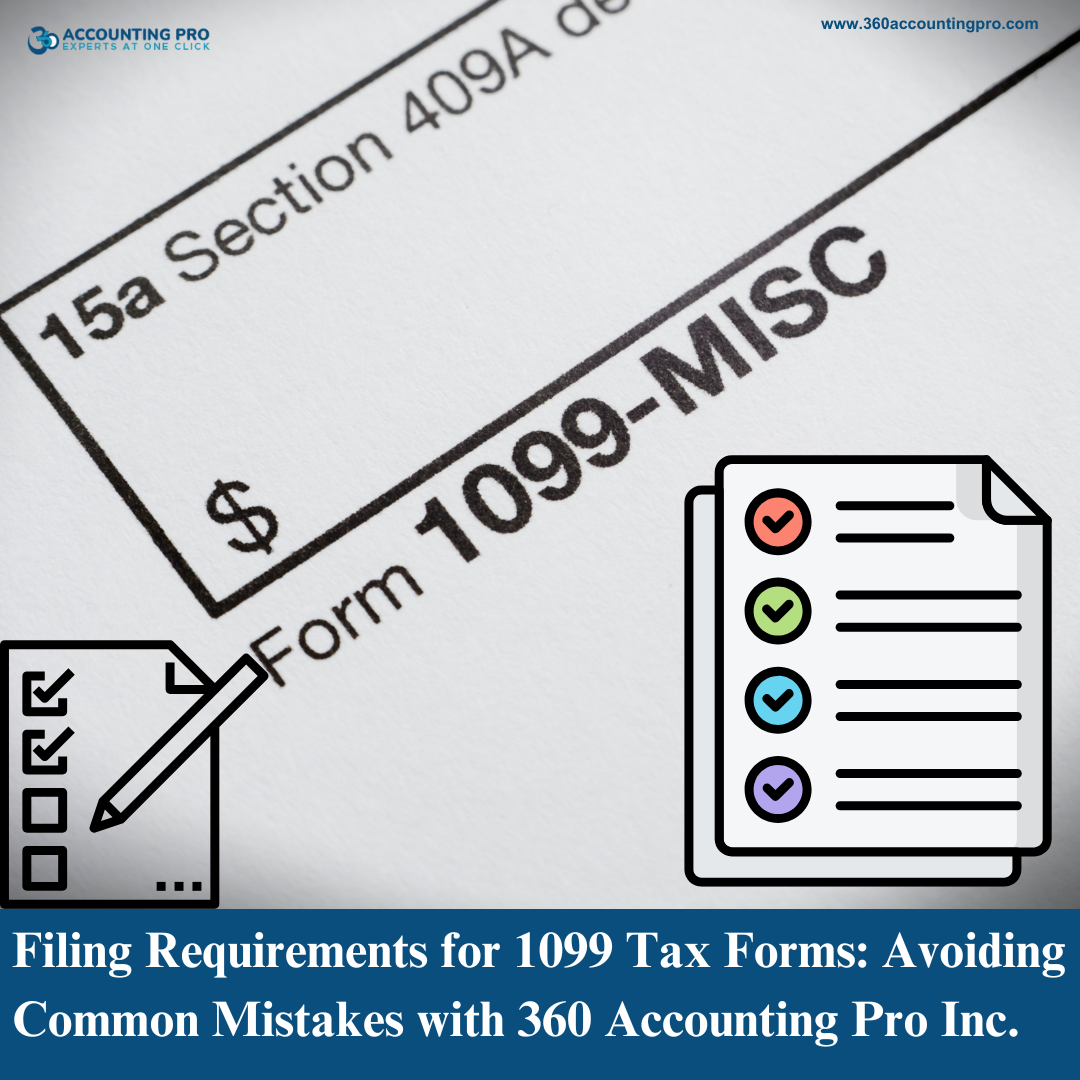





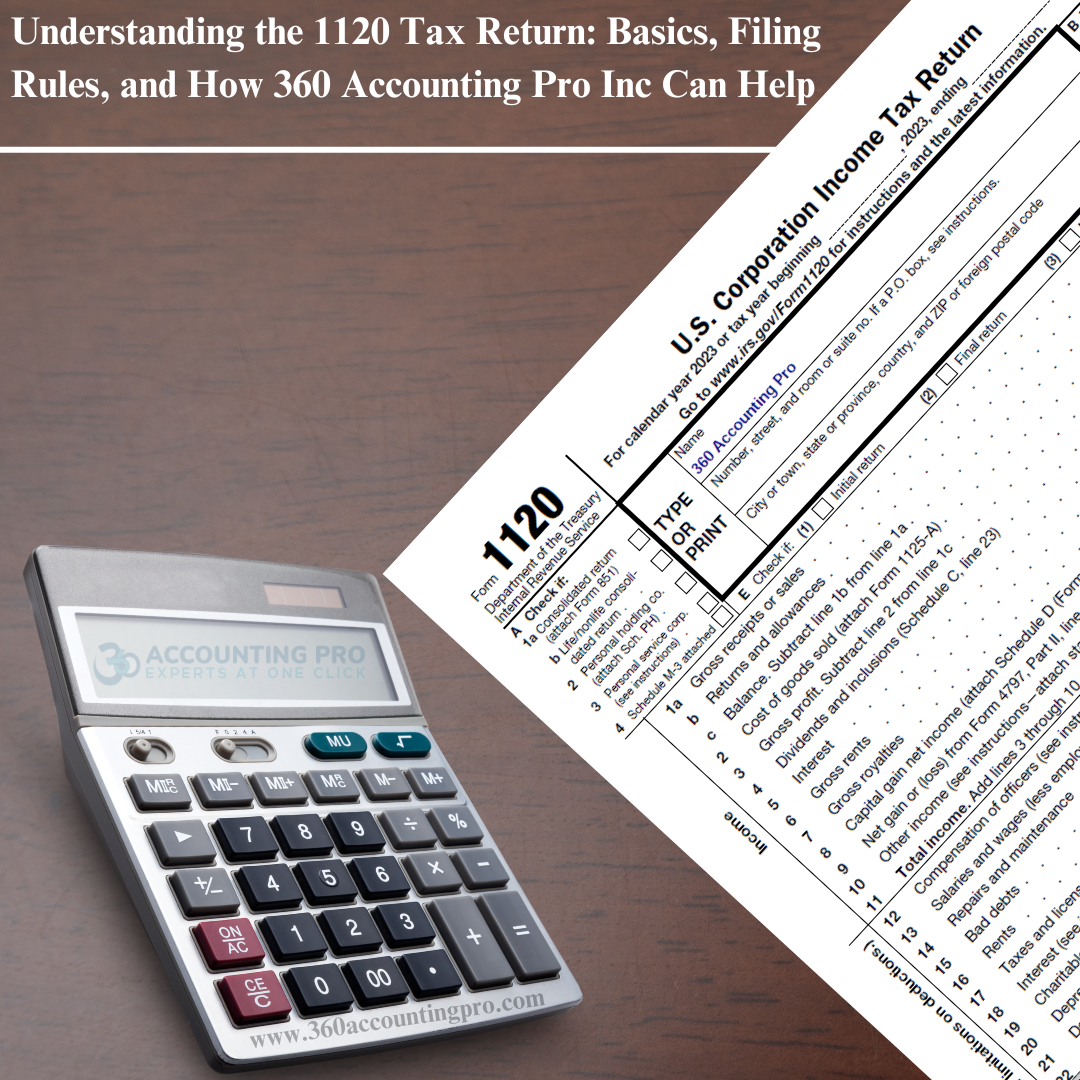

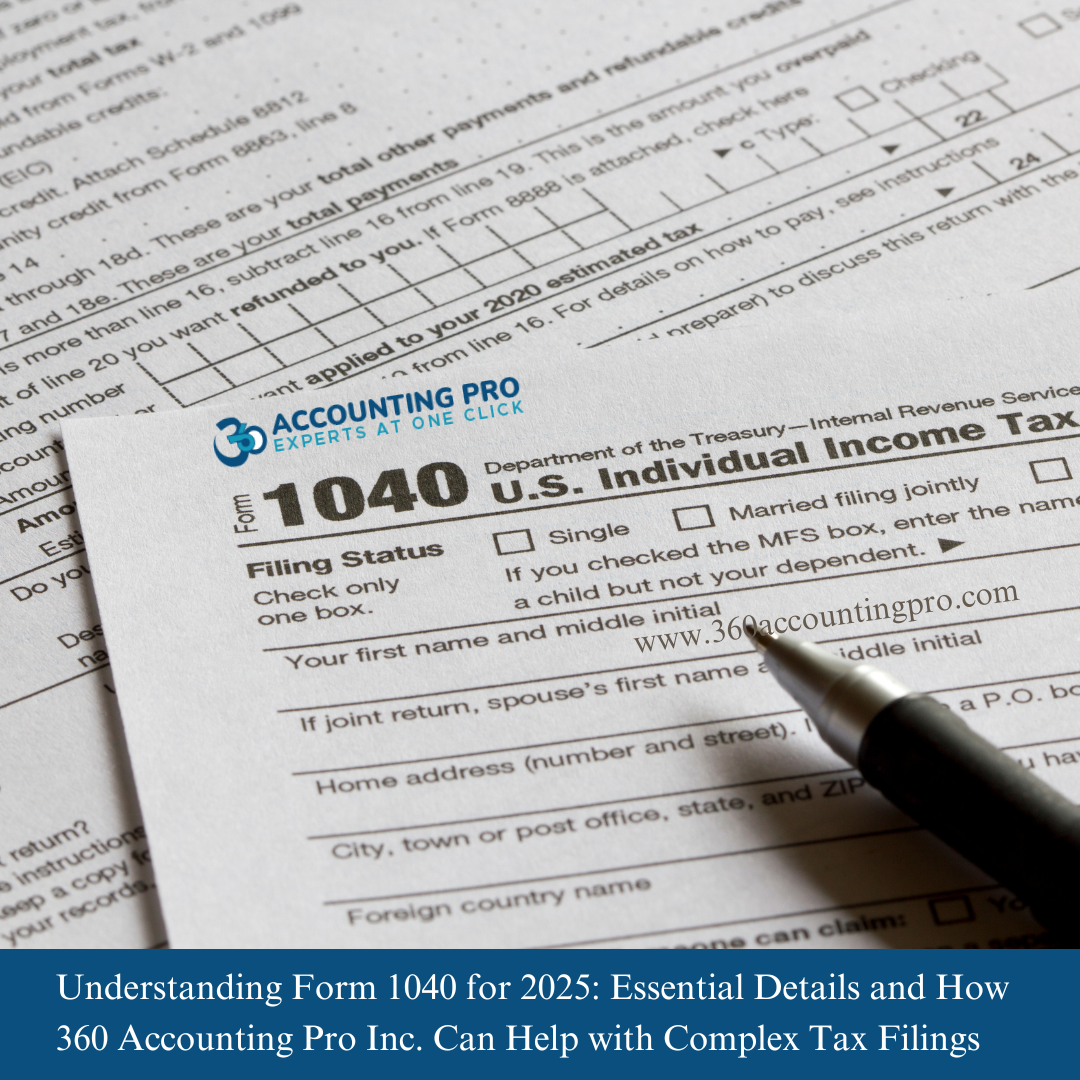




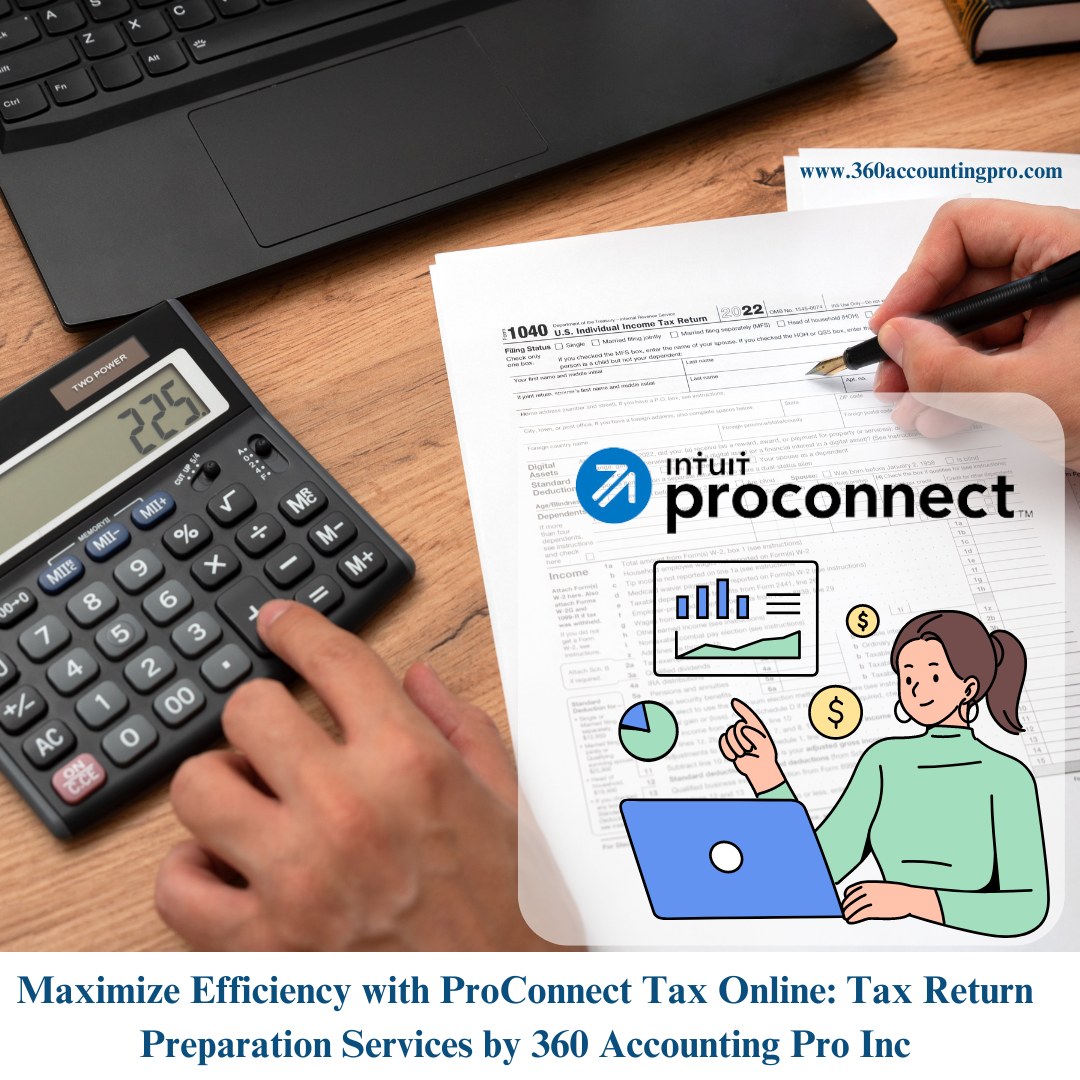





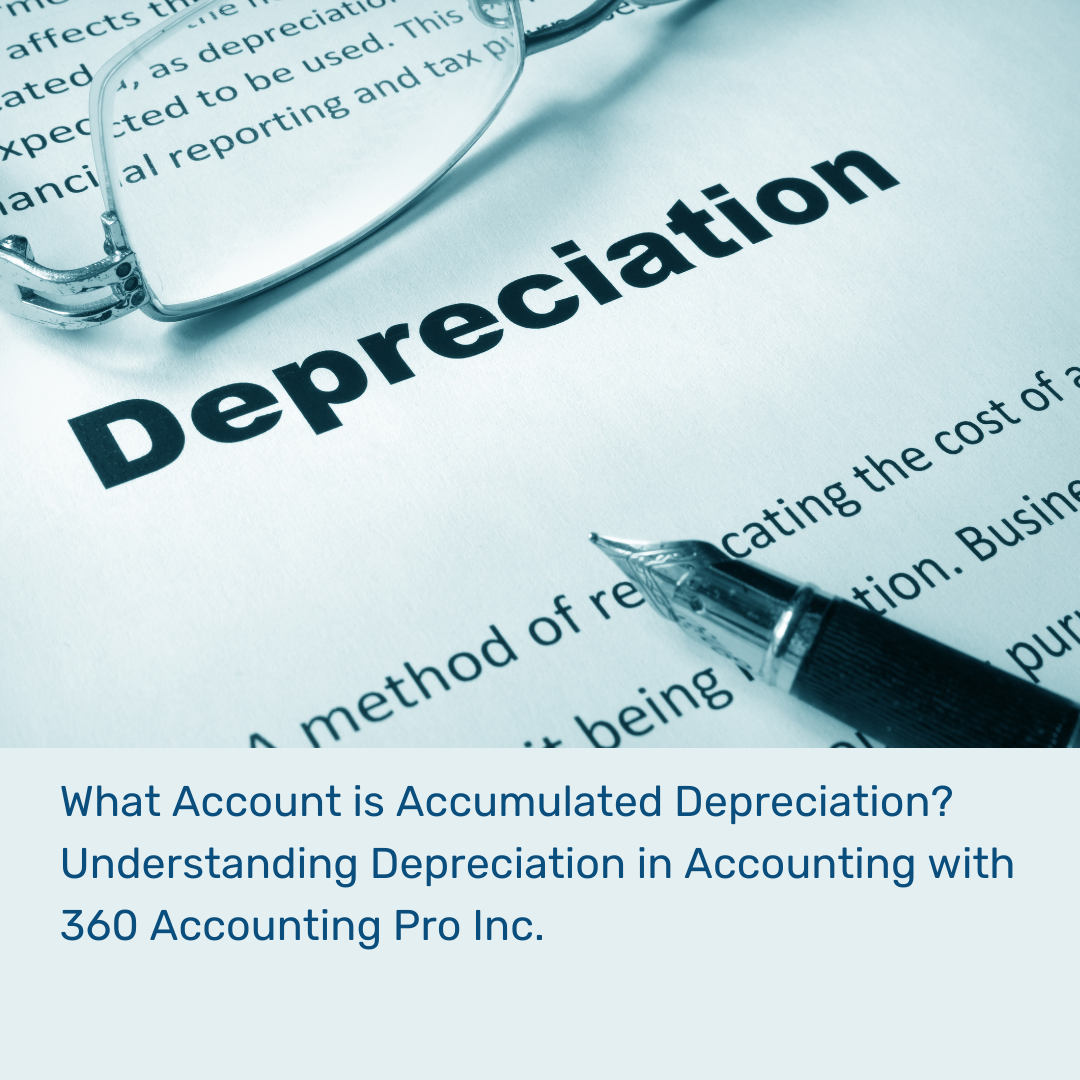























.jpg)
.jpg)
.jpg)
.jpg)


).jpg)














 Get A Quote
Get A Quote
Leave A Comment